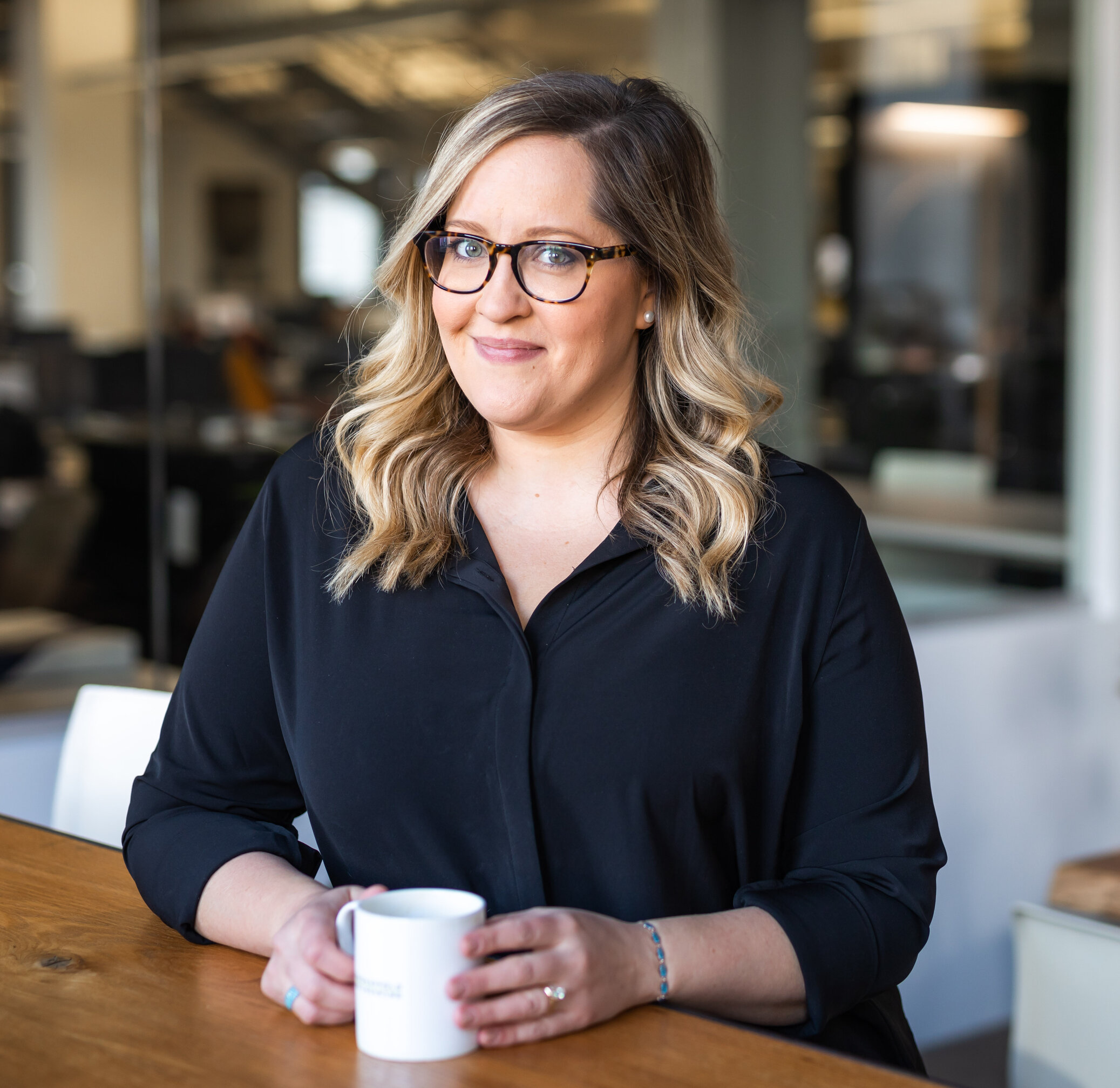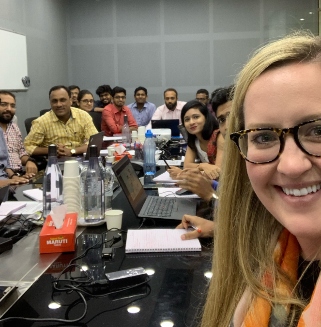Kayleigh Houde on Computational Technologies, Community, and Climate Change
This interview is part of a series featuring the members of our diverse AU community, from speakers and conference attendees to forum participants and online commenters. You are AU.

1. What’s your current job role?
I am the computational community leader for Buro Happold, a global engineering company. My primary role consists of running our Hackademies, a global series of events in our Dubai, Mumbai, Hong Kong, Warsaw, Berlin, Edinburgh, London, and Los Angeles offices focused on upskilling engineers in visual programming and coding, as well as forging community connections to share expertise across disciplines.
2. What are your main areas of expertise and interest?
My knack for technology in the AEC industry began back in 2009 with Revit rolling out at the firm I was with at the time. My interest in the software’s advantages in my daily workflows quickly made me the resident expert at a very early stage of my career. This interest grew to include Dynamo in 2014, and to other computational technologies since that time (Grasshopper, C#, open source code).
3. What made you want to do this job—when and how did you fall in love with the possibilities?
I’m a mechanical engineer by background. In the early days of your career as an MEP engineer you’re responsible for repetitive tasks (as you get a hang for the complexities of system design). Breaking down those tasks into the way that a computer would tackle them allowed me to harness a computational mindset of input, process, output—which really can be applied to any problem that you’re facing.
4. Who in your industry has inspired you or had the most influence on you and your work?
I’m constantly inspired by the people I work with. The ethos of the Buildings and Habitats object Model (BHoM) is all about uniting expertise. I have learned an incredible amount from my structural colleagues on geometry and my sustainability colleagues on assessing embodied carbon.
5. What project or aspect of your work makes you feel you’ve made a positive impact on your industry and the world?
Back in September 2019 during the Global Climate Strike, we hosted a Climate

Emergency Hackathon between Buro Happold, our architectural collaborators, and Chalmers University of Technology in Sweden where we took the afternoon to explore how we could utilize computation to combat climate change. This led to the creation of our Life Cycle Assessment Toolkit which allows you to calculate the embodied carbon of modeled Revit elements, while connecting to a variety of data sets for environmental product declarations (EC3, ÖKOBAUDAT, Quartz, ICE). This toolkit has been instrumental in connecting industry expertise from our sustainability professionals with those who are modeling hundreds of elements every day. It really opened my eyes to the potential impact that open source tools could have on the industry.
6. What’s your all-time favorite AU class and why?
I always appreciate Marcello Sgambelluri’s classes. His enthusiasm for computation is contagious. (I typically use his classes to hype me up for teaching my own!)
7. What has been one of your most impactful moments attending AU and why?
In 2019 I participated in the Dynamo Design Slam, which was an amazing time to stretch my own capabilities. (Mechanical engineers don’t typically design stadia!)
Check out Kayleigh’s profile (and follow her) to learn more about her work and contributions to the AU community.




